What is the tolerance range of precision screws?
What is the tolerance range of precision screws?
Service Hotline
+86760-8787 8587We have more than ten years of production experience in the screw industry. The main products are: small iron computer case screws, supply hexagon nuts, B-type single-pass copper inlaid nuts, three-piece expansion pipe bolts, small yellow croaker plastic screws, anti-theft screws, grade 10 GB6172 Hexagon Thin Nuts, Furniture Hardware Accessories Nuts, Hand Tightening Disc Screws, Carbon Steel Q235 Galvanized Nuts, National Standard GB812 Yuan Round Nuts, Flat Washer Nuts, Use Stop Washers, Square Washer Screws, Hexagon Flange High Nuts, etc. Firmware, due to different product materials and specifications, the price is also different, please contact us if necessary.


Many parts on the car need to be rubberized, which can reduce noise, especially the parts related to shock absorption. Nuts are welded on many of these parts to facilitate the installation of other parts on them. The sheet metal is generally relatively thin, and most of them are only one or two millimeters. A through hole is punched, and then the nut is placed in the hole, and then around it. Spot welding is done so that it can be fixed. After spot welding, the periphery of the screw hole on the sheet metal will not be flat due to thermal deformation, which will affect the appearance.
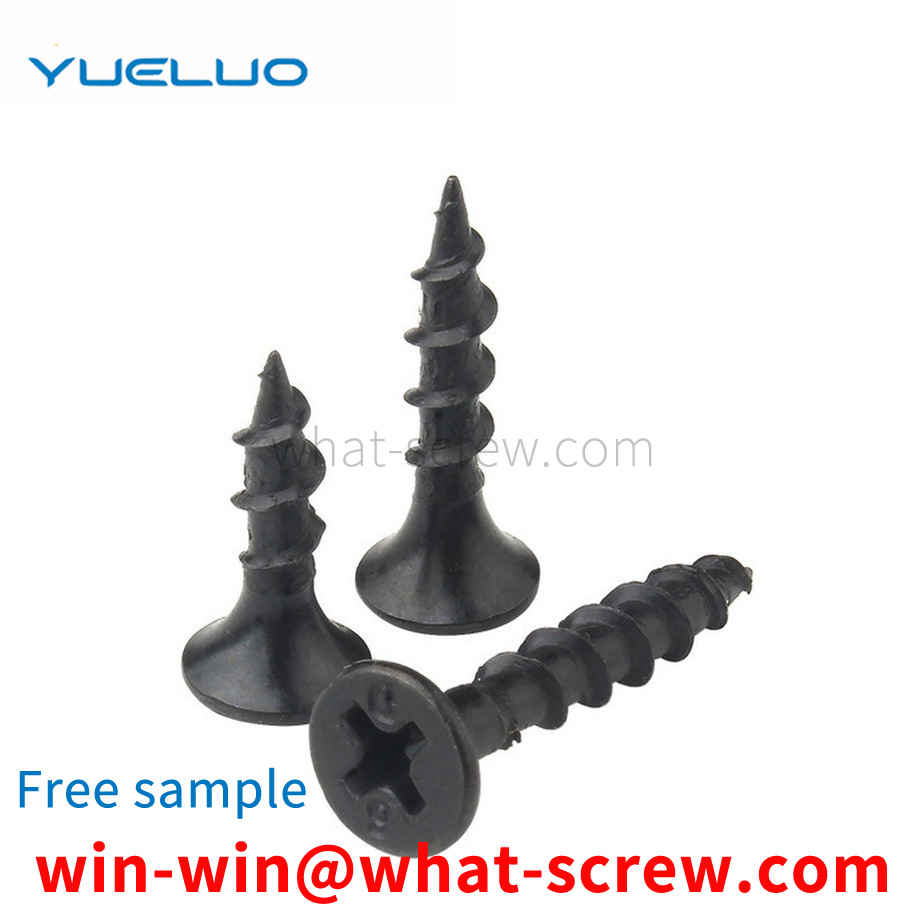
Usually, the forming of the bolt head adopts cold heading plastic processing. Compared with the cutting process, the metal fiber (metal wire) is continuous along the shape of the product, and there is no cut in the middle, thus improving the strength of the product, especially the mechanical properties. The cold heading forming process includes cutting and forming, single-station single-click, double-click cold heading and multi-station automatic cold heading. An automatic cold heading machine performs multi-station processes such as stamping, heading forging, extrusion and diameter reduction in several forming dies. The processing characteristics of the original blank used by the single-station or multi-station automatic cold heading machine are determined by the size of the bar with a length of 5-6 meters or the wire rod with a weight of 1900-2000KG, that is, the characteristics of the processing technology. The point is that cold heading does not use pre-cut single blanks, but uses the automatic cold heading machine itself to cut and upset (if necessary) blanks from bars and wire rods. Before extruding the cavity, the blank must be shaped. A blank that meets the technological requirements can be obtained by shaping. Before upsetting, reducing and positive extrusion, the blank does not need to be shaped. After the blank is cut, it is sent to the upsetting and shaping station. This station can improve the quality of the blank, reduce the forming force of the next station by 15-17%, and prolong the life of the die, and the bolts can be made with multiple diameter reductions. The precision that can be achieved by cold heading is also related to the selection of the forming method and the procedure used. In addition, it also depends on the structural characteristics of the equipment used, the process characteristics and its state, the precision of the tool and die, the life and the degree of wear. For high-alloy steel used in cold heading forming and extrusion, the roughness of the working surface of the cemented carbide mold should not be greater than Ra=0.2um. When the roughness of the working surface of this type of mold reaches Ra=0.025-0.050um, it has the highest life.
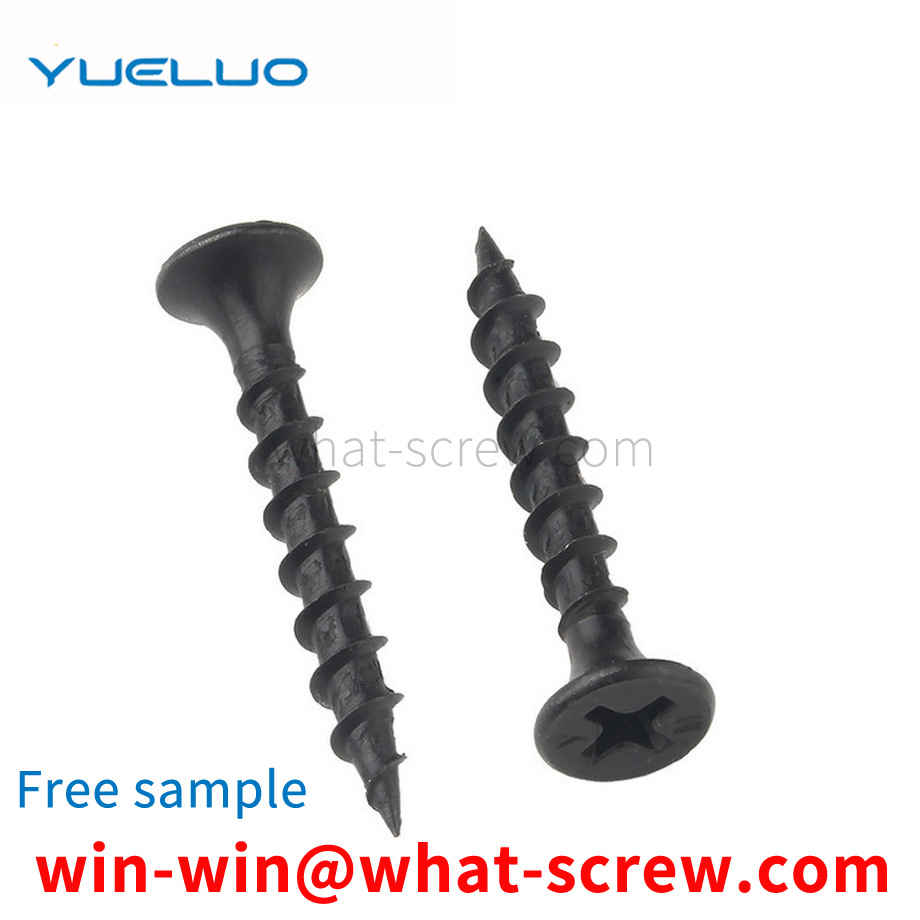
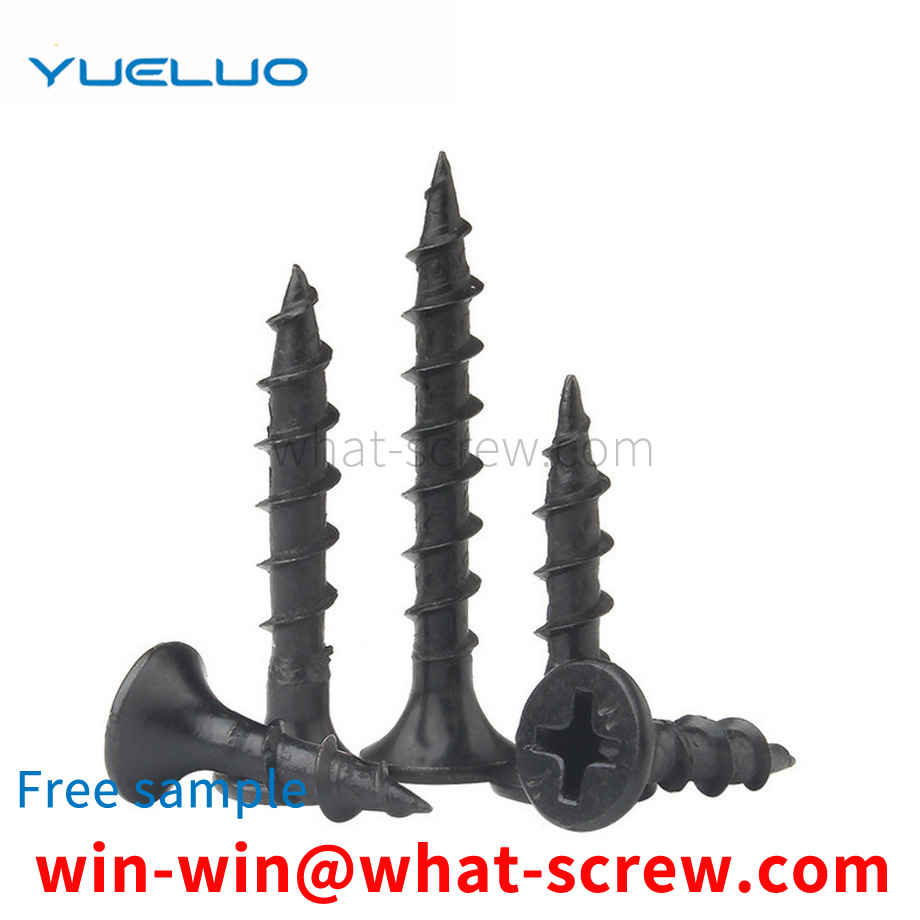
Hex cap screw and Hex bolt Hex bolt As the name suggests, it is a male threaded fastener with a hexagonal head, designed to be turned with a wrench. According to the ASME B18.2.1 standard, the head height and shank length tolerance of the hexagon head screw (Hex cap screw) is smaller than that of the general large hexagon bolt (Hex bolt), so ASME B18.2.1 hexagon screw is suitable for installation in all hexagon bolts that can be used. places, also including places where the large hex bolts are too large to be used. The screw head of the hexagon socket screw is round on the outside, and the middle is a concave hexagon, and the hexagon screw is the kind of common hexagonal screw head. The hexagon socket head screwdriver looks like a '7'. Cut two sections of a hexagonal steel bar and bend it at 90 degrees to form a hexagon socket head screw wrench, which is sold in hardware tool stores. Hexagon socket screwdrivers are not so-called mobile phone special screwdrivers. Mobile phone special screwdrivers can be bought at the booths that sell repair tools in the electronics market. Hexagon socket head cap screws are often used in machinery, mainly because they are easy to fasten, disassemble, and not easy to slip. The Allen wrench is generally a 90° bend. One end of the bend is long and one side is short. When using the short side to drive screws, holding the long side can save a lot of force and tighten the screws better. The long end has a round head (a hexagonal cylinder is similar to a sphere) and a flat head. The round head can be easily slanted and disassembled, and some parts that are inconvenient to lower the wrench can be installed. The manufacturing cost of the outer hexagon is much lower than that of the inner hexagon. Its advantages are that the screw head (the force position of the wrench) is thinner than the inner hexagon, and some places cannot be replaced by the inner hexagon. In addition, machines with low cost, low power strength and low precision requirements use much less hexagon socket screws than external hexagon screws. [1] Socket cap screw, also known as socket head screw or Allen bolt, is a screw with a hexagonal inner hole on the head, with a hexagonal ruler (hex key, Allen wrench or Allen key) Tighten or loosen only after inserting into the inner hole. The most commonly used hexagon socket head screws are cylindrical head screws with a head diameter of about 1.5 times the main diameter of the thread (1960 series). Countersunk head cap screw. The countersunk hole design allows the screw head to be rotated without being exposed on the surface of the fixed object, so it is mostly used in places where the surface is small and it is inconvenient for traditional wrenches to use.
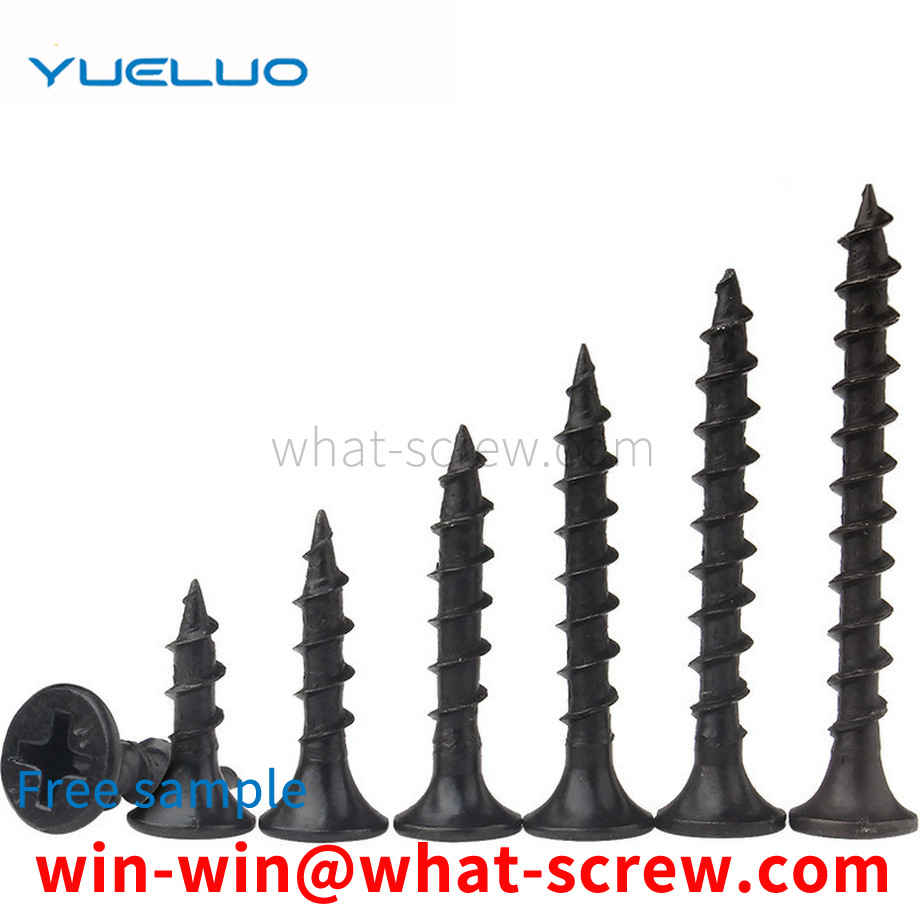
The existing open-type blind rivets are widely used, usually composed of an iron rivet shell and an iron or stainless steel mandrel. During the riveting process, the open-type rivets are often unstable and biased due to the unsteady breaking force of the mandrel. When the foam is riveted, the nail head is directly pulled into the foam layer to damage the product structure. And there may be safety hazards such as scratching the operator during the installation process due to the exposed nail core. At the same time, due to the expansion of the rivet shell hole, the nail head will be loose inside.
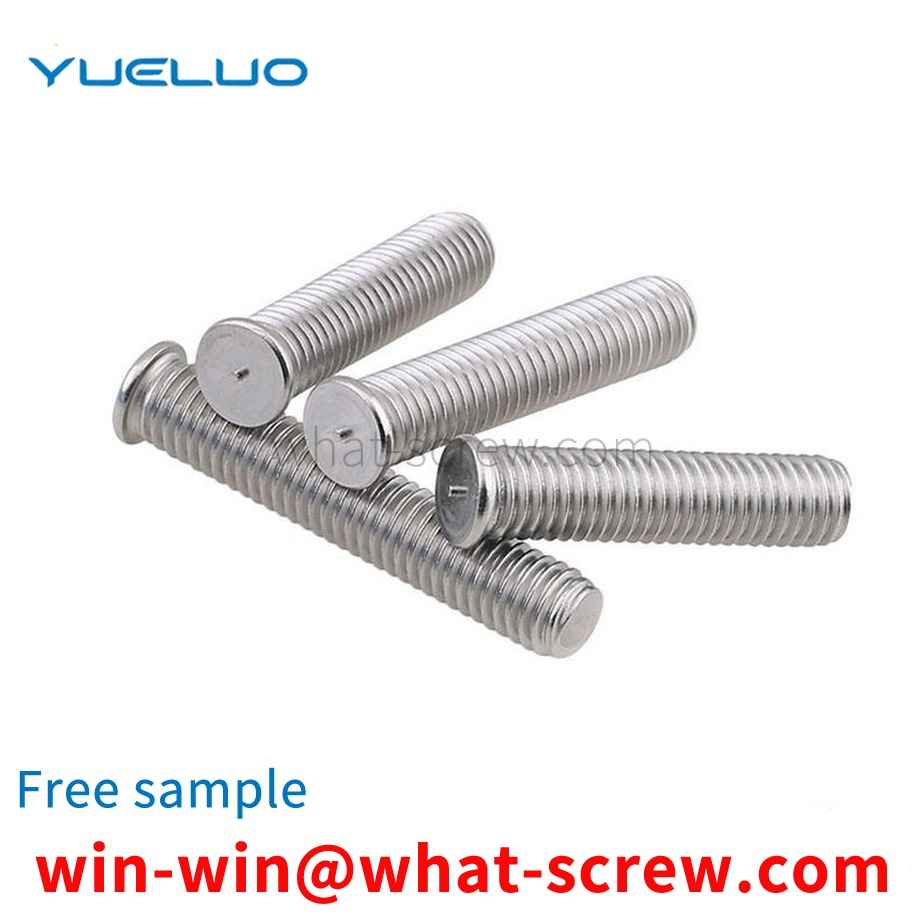
The above content is uploaded by Yueluo or the Internet. If there is any copyright issue, please contact [email protected].

What is the tolerance range of precision screws?

How to choose the right stainless steel screw manufacturer?

Why is there an R angle under the head of the hexagon head s...

We have more than ten years of production experience in the ...

We have more than ten years of production experience in the ...

We have more than ten years of experience in screw industry ...

We have more than ten years of experience in screw industry ...